Mri Degenerative Disc Disease
Mri degenerative disc disease. Although the name indicates otherwise degenerative disc disease is not a literal disease but rather a condition that occurs due to chronic back pain and aging. The etiology of pain as the symptom of degenerative disease is complex and appears to be a combination of mechanical deformation and the presence of inflammatory mediators. An MRI Can Diagnose Degenerative Disc Disease.
These studies also suggest that many degenerative findings on medical imaging are highly prevalent in asymptomatic individuals as age increases. One of the more unfortunate aspects of getting older is that your joints begin to wear out oftentimes for no good reason. This wear and tear of the joints is not only common in the knees and the hips but also in the spine.
It is related to a combination of biomechanical stresses and genetic predisposition which alter the metabolic and structural integrity of the. MRI is the standard imaging modality for detecting disc pathology due to its advantage of lack of radiation multiplanar imaging capability excellent spinal soft-tissue contrast and precise localization of intervertebral discs changes. Degenerative Disc Disease What is degenerative disc disease.
Open in a separate window. As disc degeneration progresses nitrogen accumulates within the disc. You may be given contrast dye to help the spinal canal show up better in the pictures.
MRI is the standard imaging modality for detecting disc pathology due to its advantage of lack of radiation multiplanar imaging capability excellent spinal soft-tissue contrast and precise. 12 Age-related disc dryness Tears on the surface. Disc is homogeneous with bright hyperintense white signal intensity and normal disc height.
This inability to help patients and doctors understand the underlying cause of degenerative disc. Degenerative disc disease DDD is an exceedingly common entity in the spine encountered with increasing frequency throughout life and becoming almost universal in late adulthood to a varying degree. Diagnostic Imaging for Degenerative Disc Disease A definitive diagnosis for lumbar DDD may require an MRI scan to ensure that other issues are not contributing to pain such as a fracture or disc herniation.
There are a few causes of degenerative disc disease also called spondylosis or osteoarthritis. Additionally MR is superior in its ability to depict disease processes that can present in an indistinguishable fashion.
In particular MRI provides a very sensitive method for examining degenerative phenomena of the spine even in the initial stages of the disease lifetime 1 3 5 9.
12 Age-related disc dryness Tears on the surface. An MRI Can Diagnose Degenerative Disc Disease. Low back pain secondary to degenerative disc disease affects men more than women. MR accurately depicts both the morphologic as well as biochemical sequelae of disc degeneration. This classification is not used on routine spine reports being more important for research purposes. The role of imaging is to provide accurate morphologic information and influence therapeutic decision making. You may be given contrast dye to help the spinal canal show up better in the pictures. MRI is the standard imaging modality for detecting disc pathology due to its advantage of lack of radiation multiplanar imaging capability excellent spinal soft-tissue contrast and precise localization of intervertebral discs changes. While these two ailments do manifest differently in a clinical sense numerous studies tend to include both and thus have led to varying observations.
Lower back pain secondary to degenerative disc disease is a condition that affects young to middle-aged persons with peak incidence at approximately 40 y. An x-ray CT scan or MRI may show signs of disc degeneration. Degenerative disc disease is common in healthy individuals and symptoms can occur as early as the late 30s. Low back pain secondary to degenerative disc disease affects men more than women. Additionally MR is superior in its ability to depict disease processes that can present in an indistinguishable fashion. MRI is the standard imaging modality for detecting disc pathology due to its advantage of lack of radiation multiplanar imaging capability excellent spinal soft-tissue contrast and precise localization of intervertebral discs changes. The role of imaging is to provide accurate morphologic information and influence therapeutic decision making.
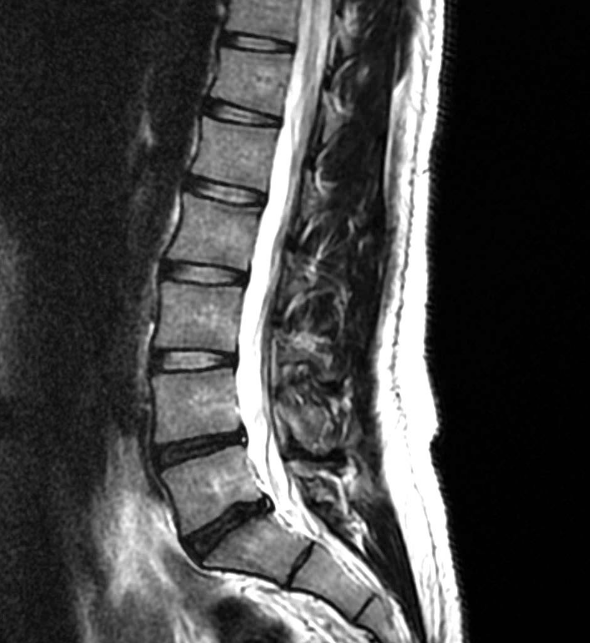






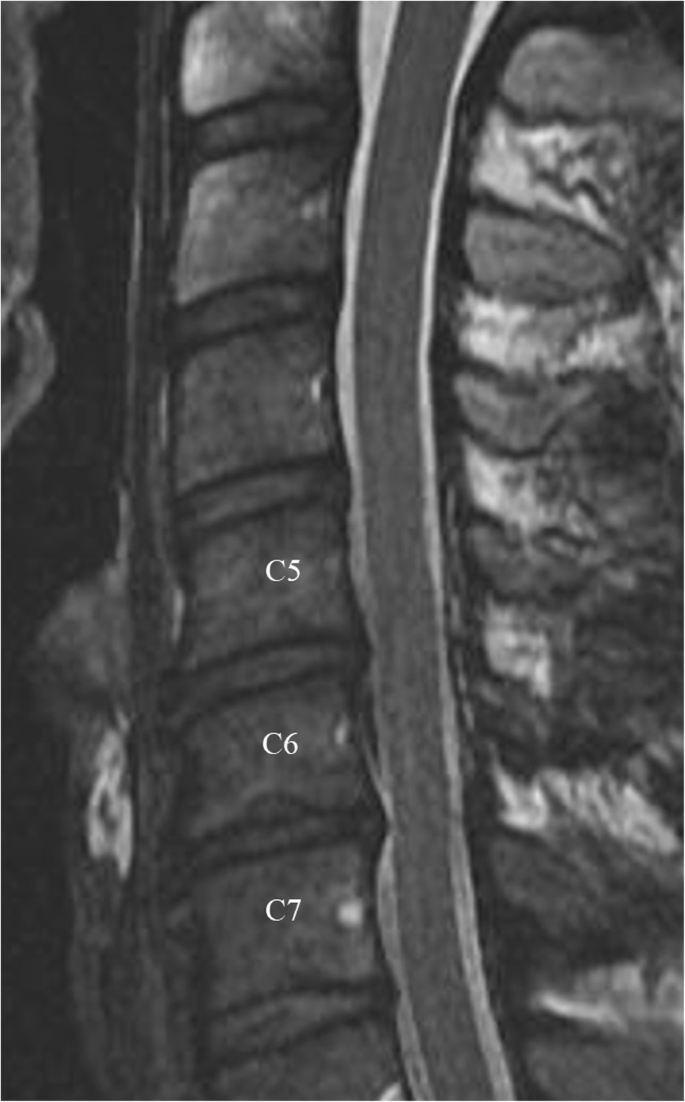






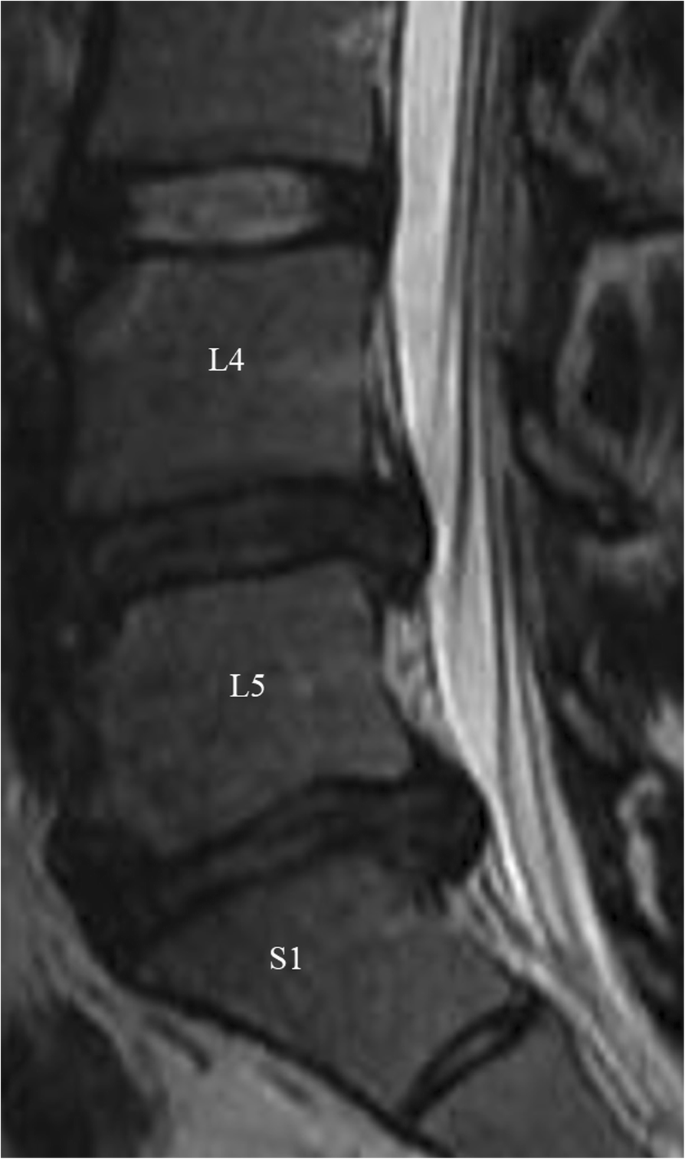









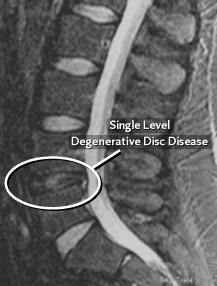


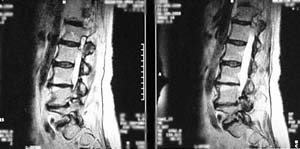




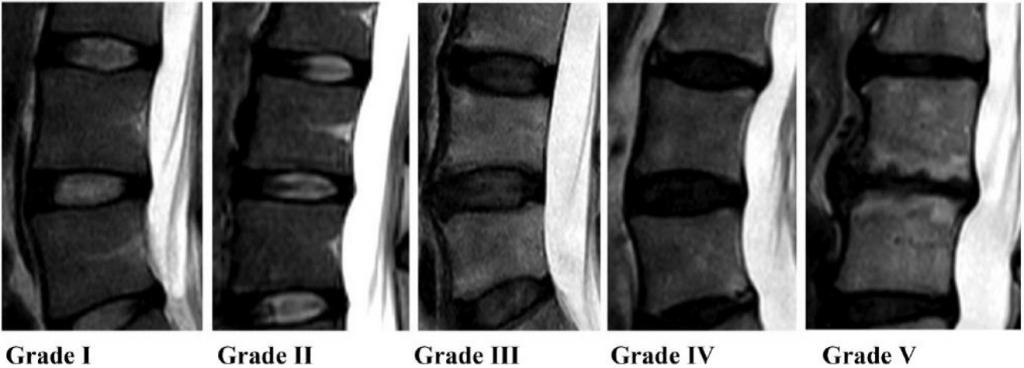
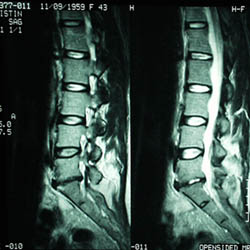

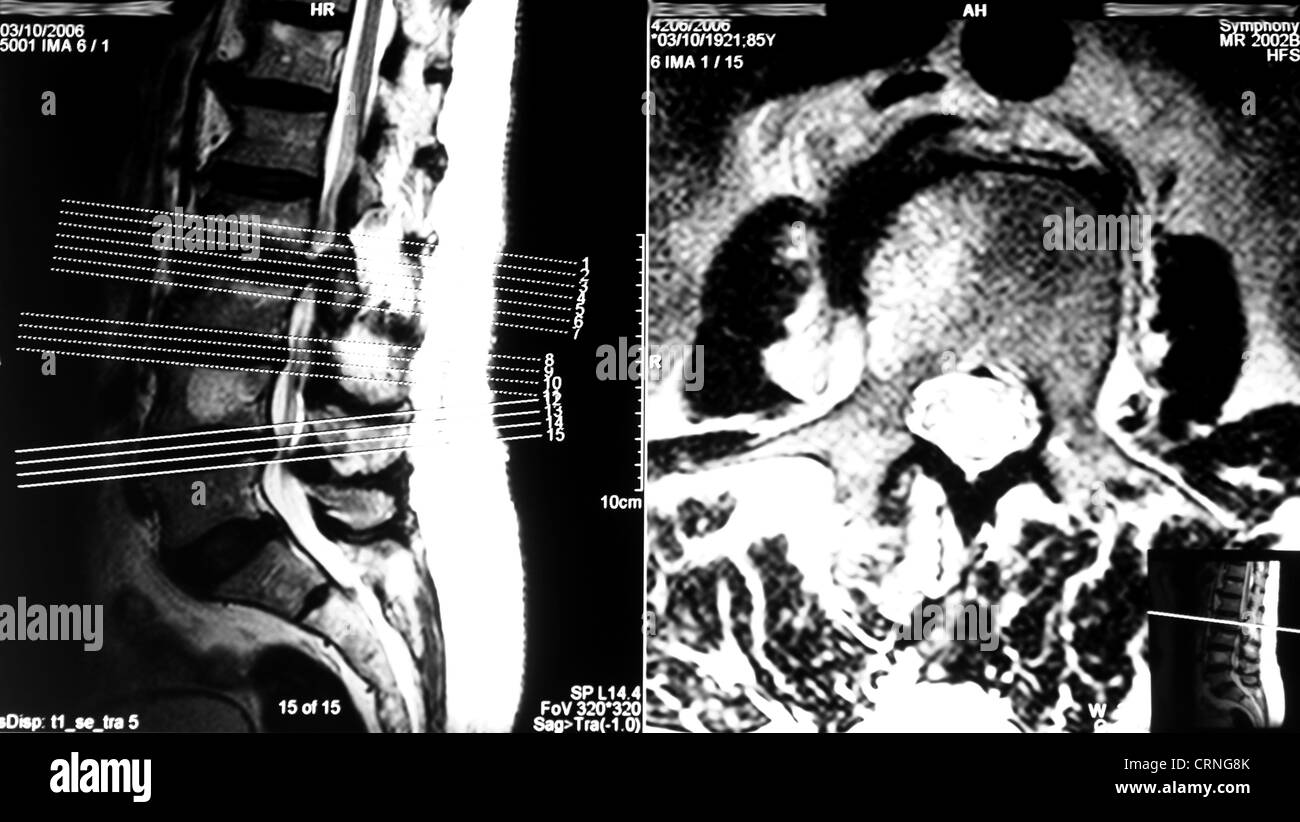
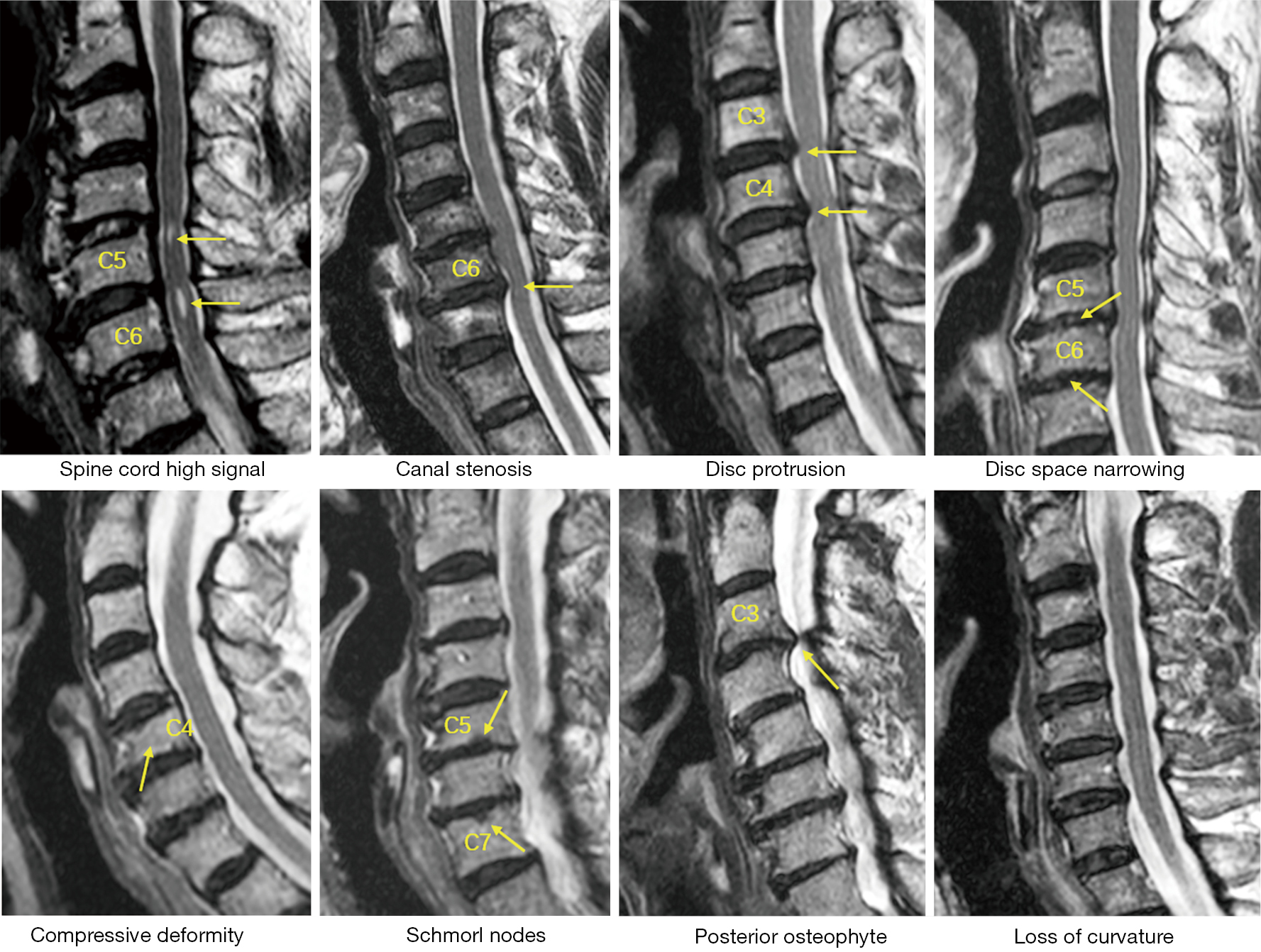

Post a Comment for "Mri Degenerative Disc Disease"